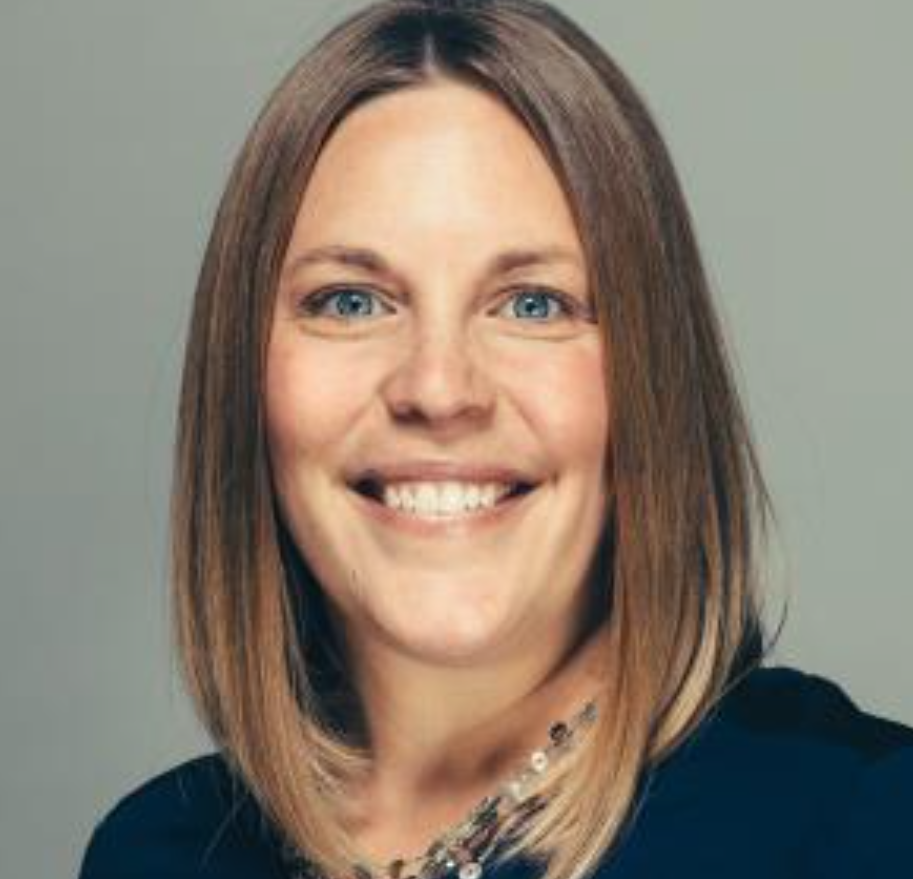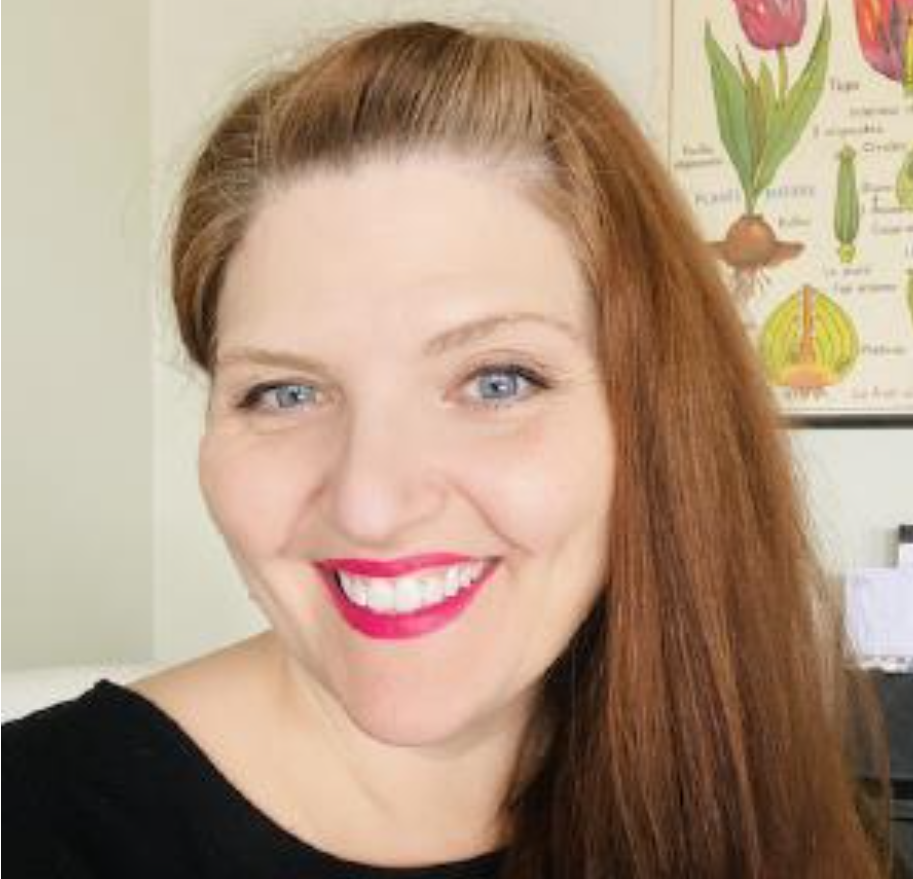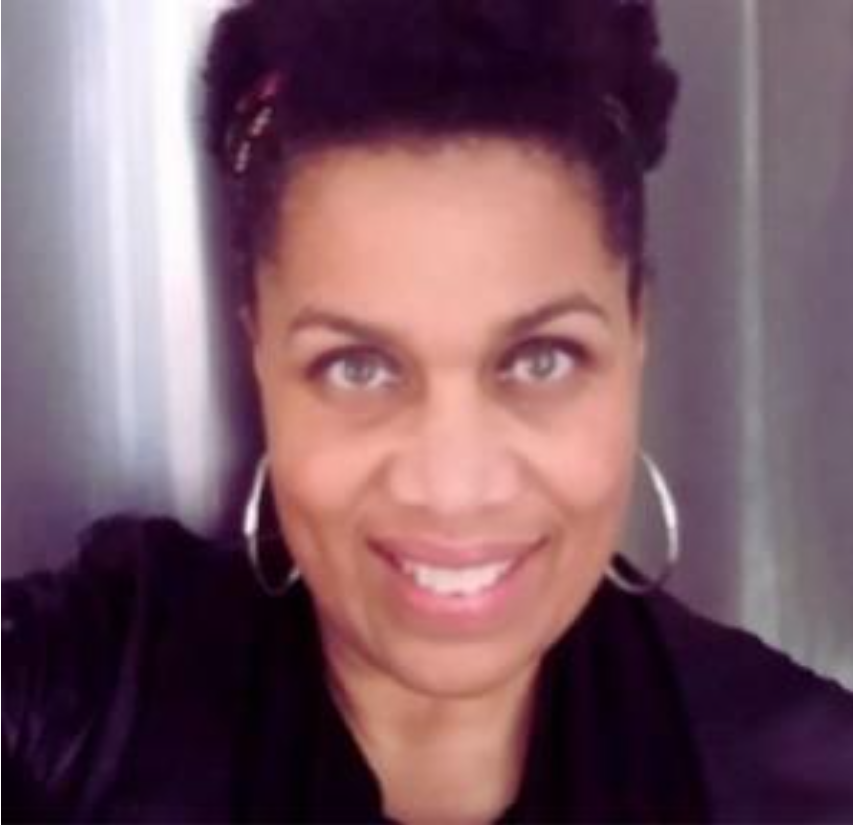
- This event has passed.
Transforming the Early Literacy Landscape Using Collective Learning with 313Reads

“I am a former athlete and one of the things I learned in athletics is when you are up against an opponent, you want to change their eye level, get them to look in a different place. What we’re hoping at ‘Every School Day Counts Detroit’ is to change your eye level, to look at the same problem, but to see it differently, which is what every inventor does.”
-Reverend Larry Simmons, Sr.
Thank you for registering for our January Crucible of Practice Salon webinar featuring leaders from 313 Reads in Detroit, Michigan, and key partners from Attendance Works, Brightmoor Alliance, Center for Success, Every School Day Counts Detroit (ESDCD) , and Urban Neighborhood Initiative (UNI). This webinar explored the story of how two community coalitions converged to address chronic absence using a community of practice model.
The session opened with an introduction to 313Reads from Alyce Hartman and Leah van Belle, Ph.D., of 313Reads. The work of 313Reads is rooted in ensuring grade-level reading, literacy equity and literacy justice for children, families and community in Detroit as a collective impact coalition. Van Belle described compelling data which leads them towards the call to action. The key levers focus domains that bring the coalition together under a shared agenda were also shared.
“We’re all learners and we’re all teachers. We take that very sincerely. We want to amplify the good work that the partners are doing, and we also want to think about how we can build out more systemic, aligned, coordinated efforts together.”
– Leah van Belle, Ph.D.
Every School Day Counts Detroit (ESDCD) is a coalition addressing chronic absence in schools through messaging, supports and resources for families, understanding and addressing causes, and using data for informed decision-making. Reverend Larry Simmons, Sr. and Christine Bell, co-chairs of ESDCD, shared how and why their coalition mobilized. They also discussed their four pillars model, which includes research, technical assistance, communications, and wraparound supports.
“We have in our work the four pillars model. We believe that if all these pillars are working at school and functioning well, chronic absenteeism will decrease. Some of our strategies are for individuals, some for families, some related to neighborhoods and some are working through policies and systems change.”
– Christine Bell, LMSW
Emma Herdean, Senior Fellow with Attendance Works, provided additional compelling data about chronic absence, which is defined as missing 10 percent or more of school days due to absence for any reason. Herdean further shared information about the infrastructure of the Community of Practice for Attendance, the timeline for the work and a glimpse of the topics discussed at meetings with team members. Additional information was shared about the Summer and Out of School Time Community of Practice. Disaggregated data are used for decision-making and the identification of strategies and resources needed for children and families. Finally, Herdean offered examples of “Push/Pull Factors” with students that motivate either absence or attendance.
“We use the Community of Practice to introduce key concepts and then create opportunities for participants to discuss how the concepts can be adapted and tailored to their own realities. One size does not fit all, and this allows for tailoring and local ownership.”
– Emma Herdean
Andrea Meyer with Center for Success offered perspective as a community-based program provider serving children and youth in Detroit. Meyer co-chairs the Summer and Out of School Time Community of Practice and provided information about the importance of relationships and partnerships within the work. Relationship building with youth and families, centering their voice in program design and learning from their feedback are key pieces of how strategies are implemented.
“We’re part of different systems, but when we come together and realize we’re all talking about the same thing, it’s so powerful.”
– Andrea Meyer
Panel








